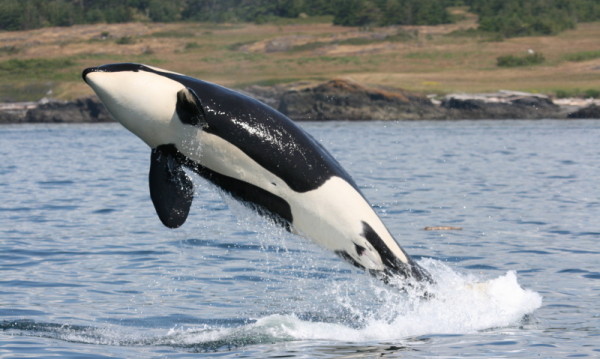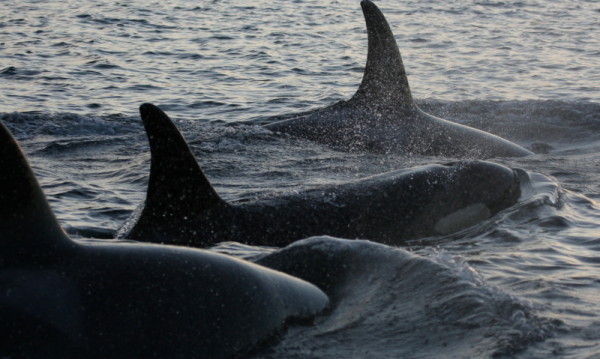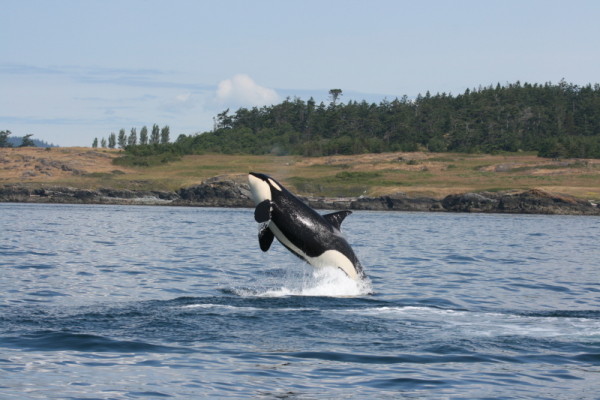Recent orca birth brings hope to endangered population
In a time of turmoil, there’s cause for celebration for the “adoring fans” of the critically endangered southern resident killer whales – late last week, they welcomed a new baby!
This is actually the second calf born in two months for the small group named, “JPod.” The calf, named J51, was first spotted off San Juan Island, Washington and has since been spotted in Canada’s part of the Salish Sea. With only 79 remaining individuals, these babies are very welcome additions – not only to their mothers and families (which they stay with for life!) but also to those of us trying to save these orcas from extinction.
Things haven’t always gone as swimmingly for JPod. In December 2014, the pod lost J32, a pregnant mother. So even with two births, the population still remains in a precarious situation.This small southern resident population is quite literally teetering on the edge of extinction. Some estimates suggest that if nothing is done soon, JPod could disappear within the next 100 years.
The southern resident killer whale population inhabit the waters of Southern BC and Washington State, an area known as the Salish Sea. This population is classified as endangered under federal legislation in Canada and the US. Both countries have developed federal recovery strategies and plans and have legally identified the Salish Sea as critical to the survival of this group of animals.
While this new orca brings hope to the population, we still need to continue to push for effective measures to protect them. The whales are doing what they can to increase in numbers (i.e. have babies!), but besides low birth rates, what really is limiting their recovery and their very survival are the impacts from human activities. Simply put, impacts from our fisheries, shipping, recreational vessels as well as impacts on their prey and the many contaminants we put in our oceans are what’s killing them. We need it to stop if we want to keep this amazing and unique group of whales alive on the planet.
They are incredibly unique amongst whales, even compared to other orca populations – these are smart, social animals, and each pod uses its own collection of sounds to communicate, dialects – almost like different languages! They truly are a Canadian and global treasure.
In reality, all orca populations in Canada are at risk as a result of human activities, such as the noise from busy shipping corridors which can mask the sounds they make to communicate, and find food.
That’s why WWF works with partners to develop solutions that protect southern resident killer whales. One of our main areas of focus is finding ways to protect their critical habitat and reduce ocean noise – we do this by advocating for quieter ships and reducing noise levels in the places that are most important for orcas and other marine species.
We have a responsibility to protect this unique species and the spaces they inhabit. A wise person once said “with great power comes great responsibility”…it really is up us to give it all we can if we want them to survive.




